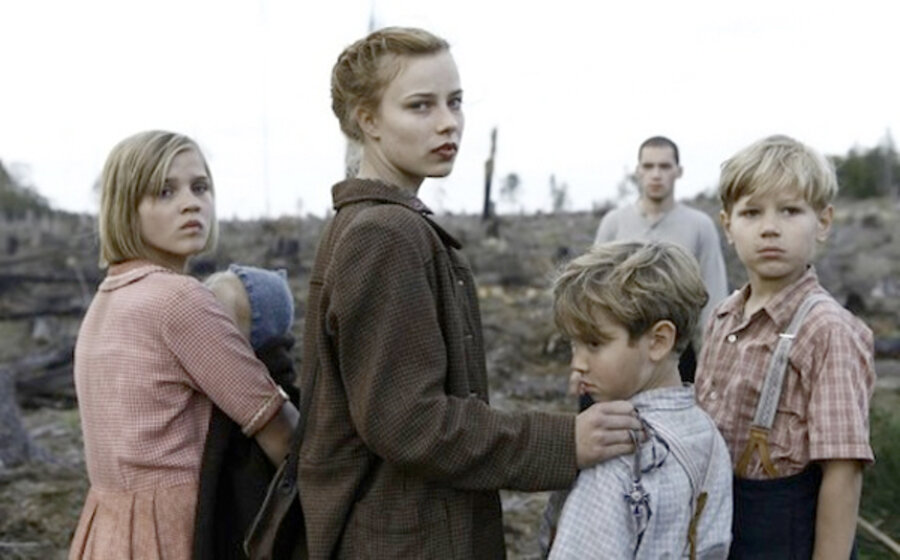'Lore' features an unusual and absorbing heroine
Loading...
Hannelore (nicknamed Lore) Dressler is a German teenager entrusted with guiding her younger siblings to safety in the immediate aftermath of World War II. What makes her such an unusual heroine is that she has also entirely absorbed the poisonous attitudes of her parents – her SS father, Peter (Hans-Jochen Wagner), and her mother, Asti (Ursina Lardi), who mourns Hitler’s demise.
“Lore,” directed and co-written by Australian Cate Shortland and based on Rachel Seiffert’s 2001 novel “The Dark Room,” doesn’t attempt to soften Lore or engineer some vast change of heart. She remains ambiguous throughout: both an abomination and a hero to her brood.
Her trek to the relative safety of her grandmother’s house some 500 miles away in Hamburg begins when her father returns to the front (presumably to be shot) and her mother turns herself in to Allied forces. Taking whatever cash and jewelry she can cobble together, Lore spirits her siblings – younger sister Liesel (Nele Trebs), twins Jürgen (Mika Seidel) and Günter (André Frid), and baby brother Peter – through a harrowing landscape peopled with blasted bands of fleeing fellow citizens. Corpses dot the terrain.
The mostly American Allied soldiers, though not the monsters the Germans were anticipating, are of scant use to Lore in her attempts to secure safe passage. Instead, she finds a guardian, of sorts, in Thomas (Kai-Peter Malina), a young man with Jewish identity papers who at first trails them and then acts as a kind of protector.
Thomas’s motives for staying with them are complicated. He is sexually attracted to Lore, although, with great confusion and humiliation, she makes the first move. (And the last; he doesn’t reciprocate.) Also, the presence of the baby ensures for him a measure of sympathy and protection from would-be attackers. And is Thomas really Jewish or just pretending in order to secure sympathy from the Allies?
Using Thomas as a symbolic figure – a combination deus ex machina, dream lover, and manifestation of the Jewish people – is a bit much. He never entirely comes to life. And though it’s admirable that Lore, who is the picture of Aryan prettiness, does not devolve into a symbol as well, her lack of spiritual transcendence by the end leaves us with very little except hard-bitten realism in a story that cries out for something more.
But Saskia Rosendahl is a highly expressive actress within the limited confines of her character, and the film is studded with memorable scenes. A particularly ghastly showpiece involves the uncomprehending little twins singing a Hitler youth anthem to a marveling old lady. In another scene, fleeing German villagers look upon a photo of stacked bodies in a concentration camp and refuse to admit its veracity.
When Lore’s grandmother (Eva-Maria Hagen) lectures the children, telling them “your parents did nothing wrong,” we can see how long the road to recovery will be for this young generation, and how it will take more than time to heal these wounds. Grade: B (Unrated.)







